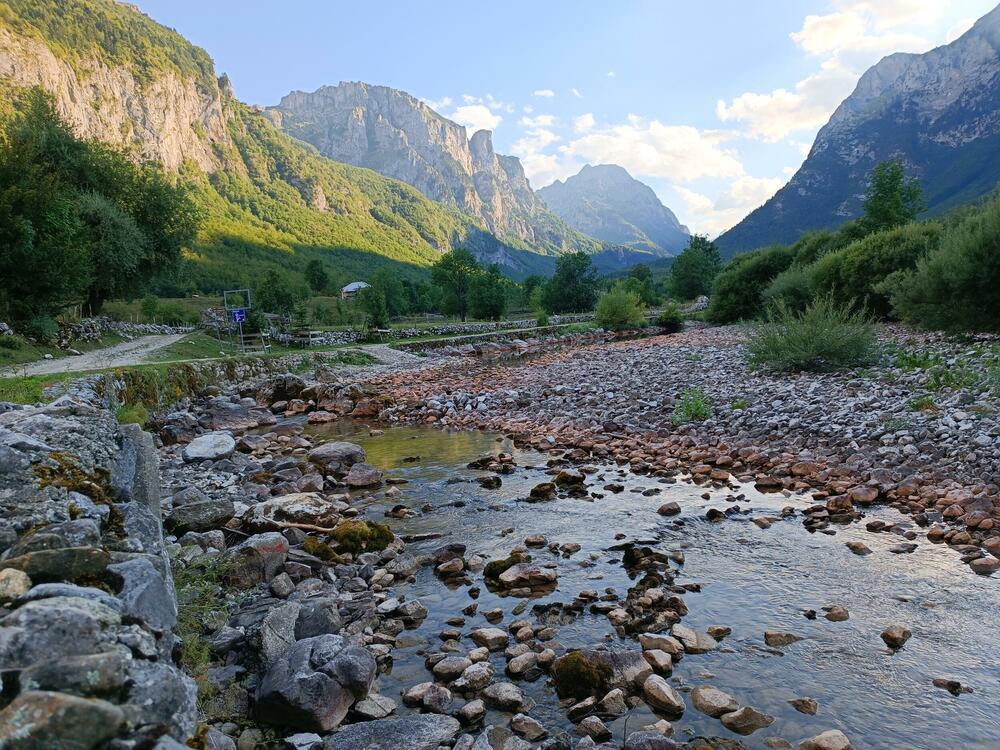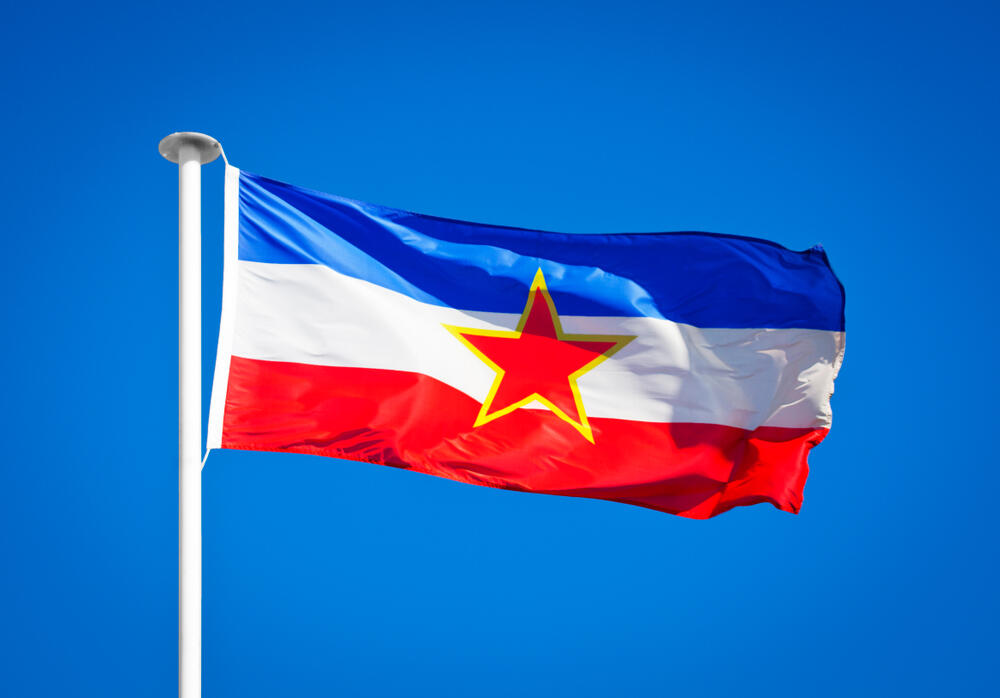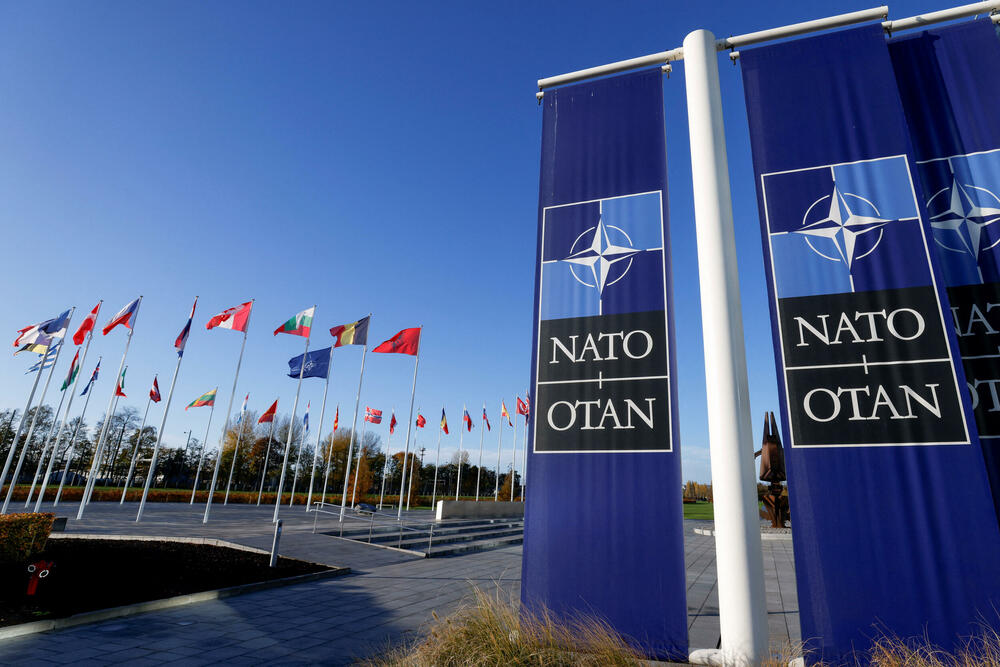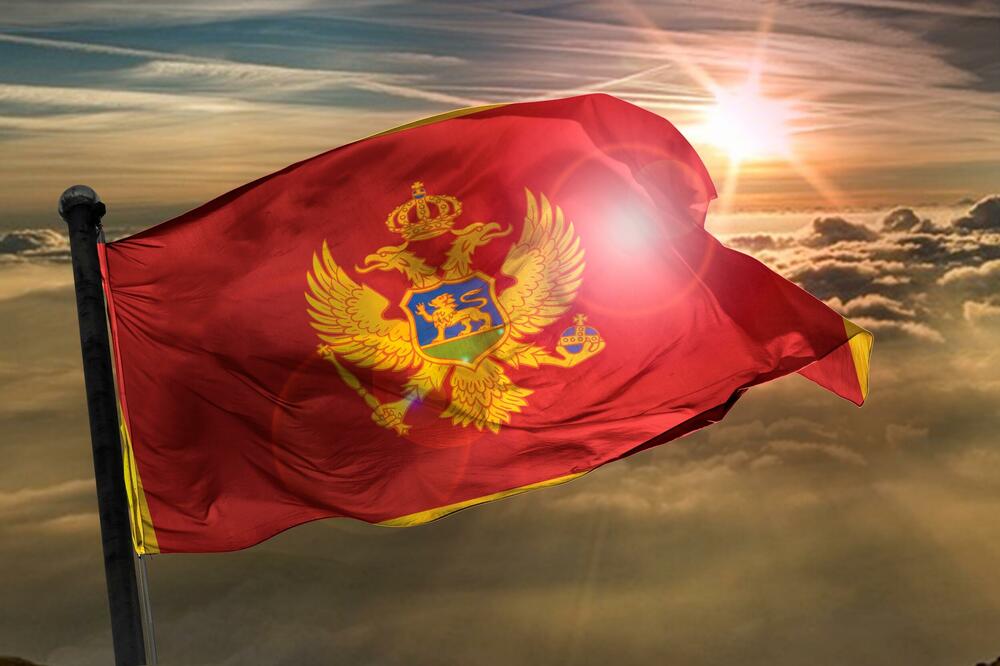Unraveling the Etymology of Montenegro
The name "Montenegro" has its origins in the Italian phrase "monte negro," which translates to "black mountain" in English. This name aptly describes the country's rugged terrain and magnificent mountain ranges that dominate its landscape. In the Montenegrin language, the country is known as Crna Gora, which directly translates to "black mountain" as well.

The name reflects the geographical and historical significance of the mountainous regions of Montenegro, which have played a crucial role in shaping the country's identity.
It is interesting to note the different translations of "black mountain" in various languages, including the derogatory connotations that may be associated with the term in American English. Montenegro has been inhabited by various civilizations throughout the ages, including the Illyrians, Romans, Byzantines, Venetians, Ottomans, and Austro-Hungarians. Each of these influences has contributed to the diverse cultural and historical tapestry of Montenegro.
The Significance Behind the Name
The name "Montenegro" holds great significance, representing the country's resilient spirit and reflecting the enduring strength and character of the Montenegrin people. As the name implies, Montenegro is characterized by its majestic mountain ranges, rugged terrain, and natural grandeur. This name is a testament to the country's rich cultural, historical, and geographical heritage.
Beyond the literal meaning, the name "Montenegro" symbolizes the country's remarkable journey of independence and its position as a proud European nation. Having regained independence in 2006 after a referendum, Montenegro has become a recognized European country with its own unique identity, culture, and place on the global stage.
A Retrospective into Montenegro's History
To truly understand the definition of Montenegro, it is crucial to explore its captivating history. From ancient times to the present day, Montenegro has seen the rise and fall of empires, the arrival of different cultures, and numerous pivotal moments that have shaped its identity. Let's take a closer look at the historical milestones that have defined Montenegro's journey, as well as the vocabulary associated with its rich culture through saved words and word lists in the German-English dictionary.
Antiquity to Arrival of the Slavs
Montenegro's history can be traced back to antiquity, with the region being inhabited by the Illyrians, an ancient Indo-European people. As the centuries passed, the Romans established their presence in the area, leaving behind impressive archaeological sites and structures.
In the Middle Ages, a lot of today's Montenegro was part of the medieval state of Duklja, which later transformed into the Kingdom of Zeta. The arrival of the Slavs in the 7th century played a significant role in shaping the cultural and demographic landscape of Montenegro, laying the foundations for the ethnic and cultural diversity of the country, including the influence of Eastern Orthodoxy.
From Principality to Kingdom of Montenegro
The Principality of Montenegro emerged as a distinct political entity in the 14th century, gradually gaining independence from the Byzantine Empire and the Venetian Albania. Throughout its history, Montenegro faced various challenges, including conflicts with the powerful Ottoman Empire. However, it managed to maintain its independence and even expanded its territory, incorporating areas of modern-day Montenegro, parts of Serbia, and the Republic of Venice. In 1858, the country was recognized internationally as a sovereign state.
In the 20th century, Montenegro was annexed by Serbia, and then became a part of Kingdom of Serbs, Croats and Slovenes, which would later become the Kingdom of Yugoslavia.
However, the kingdom's dissolution during World War II led to Montenegro's incorporation as a republic into the new Socialist Federal Republic of Yugoslavia. The country experienced significant political changes, including being invaded by Nazi Germany and the Kingdom of Italy in 1941. This ultimately resulted in the establishment of the independent country of Montenegro through a referendum in 2006, marking its return as a sovereign nation after being part of Yugoslavia (SFRJ and SRJ) for several decades.

Transition to Independence and Recent History
Montenegro's journey to independence was marked by its involvement in the Socialist Federal Republic of Yugoslavia, which later transformed into the Federal Republic of Yugoslavia and the State Union of Serbia and Montenegro. Following the dissolution of the State Union, Montenegro held a referendum on May 21, 2006, in which the majority of the population voted for independence, leading to the official recognition of Montenegro as an independent country.
The Geographical Expanse of Montenegro
Montenegro's geographical expanse is characterized by its stunning landscapes, diverse ecosystems, and breathtaking beauty. From the picturesque Adriatic Sea coastline to the majestic Bay of Kotor, Montenegro offers a natural paradise that attracts visitors from around the world. It is bordered by Bosnia and Herzegovina to the north, Serbia to the northeast, Kosovo to the east, Albania to the southeast, and Croatia to the northwest with a coastline of 293.5 km. Let's explore the remarkable geographical features that make Montenegro a truly captivating country.
Remarkable Biodiversity
Montenegro boasts a remarkable biodiversity, encompassing diverse ecosystems, rare species, and protected areas. Here are the key highlights of Montenegro's biodiversity:
- The country's location along the Adriatic Sea contributes to its rich marine biodiversity, with an abundance of marine life and underwater wonders.
- Montenegro is home to several national parks, including Durmitor and Biogradska Gora, which protect unique ecosystems and rare species.
- The dense forests, mountain ranges, and wetlands of Montenegro support a wide variety of flora and fauna, including endemic plant species and endangered animals like the Balkan lynx and brown bear.
Montenegro's commitment to conservation efforts, sustainable development, and eco-tourism plays a vital role in preserving its biodiversity.
Understanding Montenegro's Political Landscape
To truly understand the definition of Montenegro, it is essential to gain insights into its political landscape, foreign relations, and military structure. Let's delve into the intricacies of Montenegro's political framework.
Foreign Relations and Military Structure

Montenegro's foreign relations play a crucial role in shaping its position on the global stage. As an independent country, it has established diplomatic ties with nations worldwide and is actively engaged in international organizations such as the United Nations, NATO, and the International Monetary Fund. Montenegro's military structure, although relatively small, plays an important role in the country's defense and security. It works in collaboration with international allies, contributing to regional stability and peacekeeping missions.
Exploring Montenegro's Economy and Infrastructure
Montenegro's economy has experienced significant growth in recent years, with tourism playing a vital role. Let's explore the country's economic sectors, infrastructure development, and the impact of tourism.
The Role of Tourism
Tourism plays a pivotal role in Montenegro's economy, driving growth, creating employment opportunities, and contributing to the development of infrastructure. Here are the key aspects of tourism in Montenegro:
- Montenegro's stunning coastline, picturesque beaches, and historic sites, including the Bay of Kotor, attract tourists from around the world.
- The country offers a wide range of activities, including water sports, hiking, and exploring national parks, making it an ideal destination for nature lovers and adventure enthusiasts.
The development of tourist infrastructure, including hotels, resorts, and transportation networks, has further enhanced the country's appeal and accessibility to visitors.
Cultural Insight into Montenegro
Montenegro's cultural tapestry is a blend of various influences, reflecting its rich history, ethnic diversity, and geographical location. Let's take a closer look at the media, sports, and cuisine that shape the cultural identity of Montenegro.
Media, Sport and Cuisine
Montenegro has a rich cultural identity influenced by its sports and cuisine. Sports play a significant role, with popular activities including basketball, water polo, and handball. Montenegrin cuisine reflects a blend of Adriatic and Eastern European flavors, featuring dishes like Pršut and Kacamak.

The capital city of Podgorica is a hub for media, sports, and cuisine, covering 10.4% of Montenegro's territory of 13,812 square kilometers (5,333 sq mi), and is home to roughly 30% of its total population of 621,000. Altogether, these elements contribute to the vibrant cultural tapestry of Montenegro, making it a truly unique and fascinating European country.
Who are the Montenegrins? A Look at Demographics
The Montenegrin population is diverse, with people of different ethnic backgrounds calling the country home. Let's delve into the demographics of Montenegro, gaining insights into the ethnic composition and the languages spoken.
What Languages are Spoken in Montenegro?
Montenegro is a multilingual country, with Montenegrin being the official language, and Serbian, Bosnian, and Albanian also been in official use. English is commonly spoken, particularly in tourist areas and among the younger generations. Italian and German are also spoken by some in the country, as well as Russian. The linguistic diversity of Montenegro reflects the country's historical, cultural, and geopolitical influences, with Montenegrin, Serbian, Bosnian, and Croatian being the most commonly used languages in official usage.
In conclusion, Montenegro is a country filled with rich history, breathtaking landscapes, and a vibrant culture. From its origins rooted in antiquity to its journey towards independence, Montenegro has a fascinating story to tell. Its diverse biodiversity and stunning natural beauty make it a paradise for outdoor enthusiasts and nature lovers. The country's political landscape, economy, and infrastructure contribute to its growth and development. The Montenegrin people, with their unique blend of languages and cultural traditions, add to the country's charm. Whether you are interested in exploring its history, enjoying its cuisine, or experiencing its vibrant media and sports scene, Montenegro offers something for everyone. So, pack your bags and embark on a journey to discover the wonders of this captivating country.
Bonus video:





